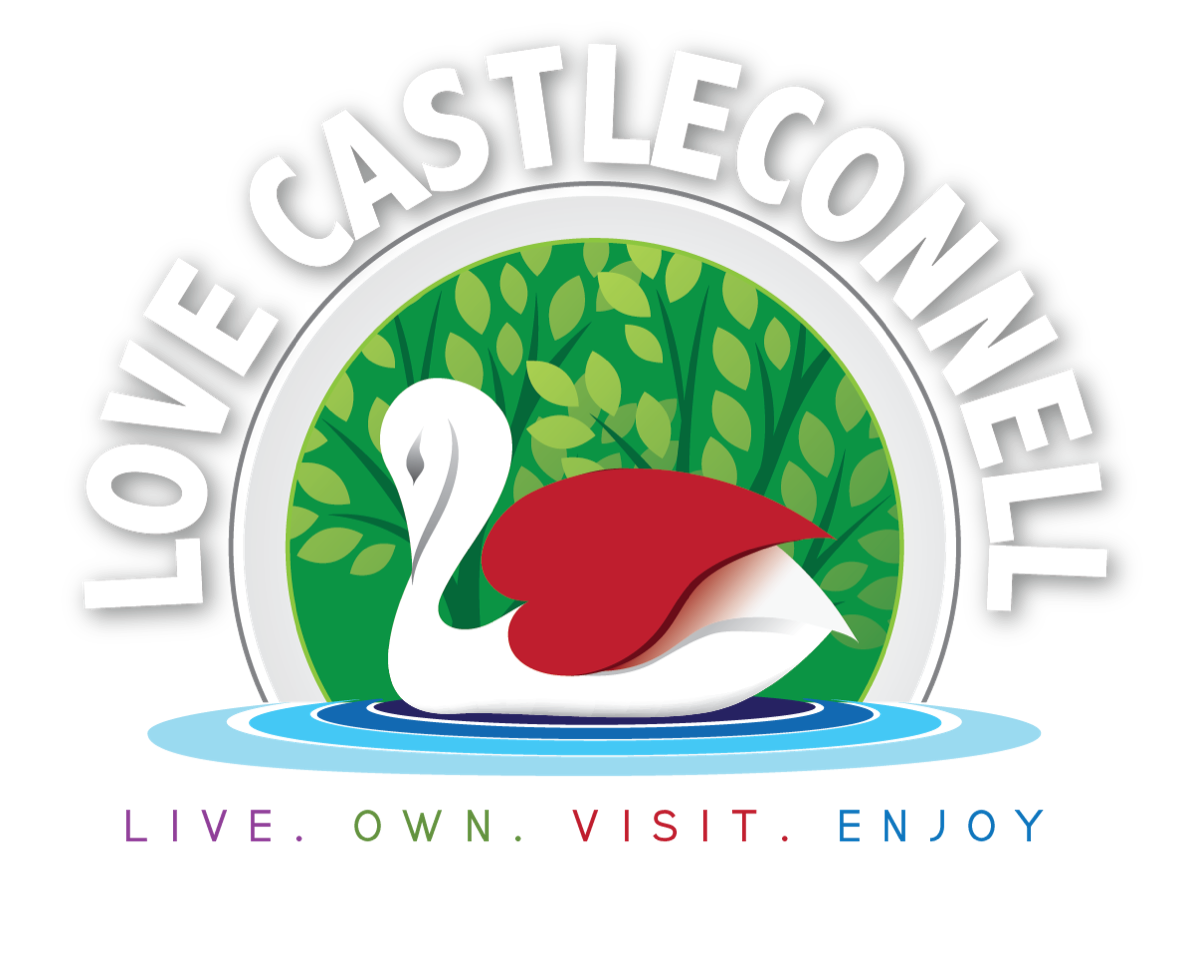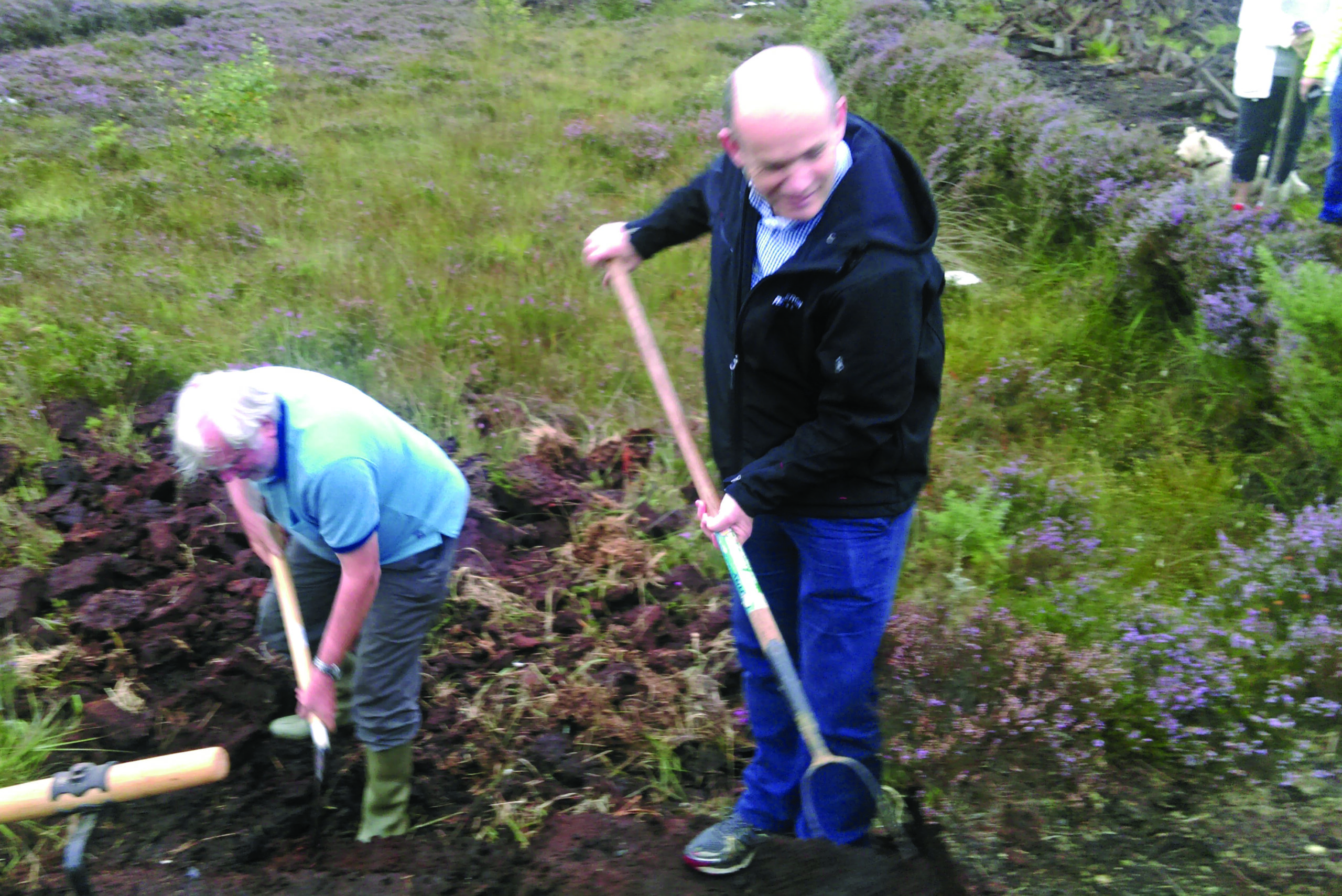by Ann Mulqueen
David Bellamy, the world famous scientist, described the bog as “one of the wonders of the world”.
Peatlands have played a very important role in shaping the history, culture and economy of Ireland. This is not surprising as with 17% of its land surface covered in peat, Ireland has proportionally more peatland than any other country in the world with the exception of Canada and Finland. These peatlands have long been regarded as wastelands, fit only for rough grazing or for cheap but hard won fuel. In actual fact they are one of our great natural resources, not only as an energy source but as some of our last wild areas. ( Peatlands. Cross. 1981 ).
There are several types of bog in Ireland, the two principal types being, blanket bog and raised bog. I am most familiar with the raised bog, as I lived beside this type of bog and worked in it for most of my young life in Castleconnell, Co. Limerick.
When the last ice age disappeared about ten thousand years ago and the temperature increased, lakes developed due to melting snow and ice. One such lake was left covering a very large area between Gouig and Newport, on the Limerick / Tipperary border. Then fen, “low marshy land” began to creep out from the margins and was home to water lilies and bulrushes. As the mat of fen vegetation thickened, rainwater constantly moving downwards leached away all the nutrients that survived, allowing bog moss sphagnum to establish itself. Sphagnum moss has high acidifying qualities and it was soon joined by sedges, cotton grass and heathers especially ling heather. Rainwater could supply all the nutrient needs of this community, whose surface started to rise towards the source of its supply. As the fen margin crept out towards the centre of the lake, trees decayed and their dead timber became part of the encroaching peat. Those crisp little sticks were a valuable addition to the harvested turf thousands of years afterwards. The bog followed and then eventually the open water disappeared and bog covered the whole area which locals call a “raised bog”. We are fortunate to have inherited that raised bog in Castleconnell.
The bog to the east of our village covered thousands of acres expanding from Gardenhill in Limerick to Annaholty in Tipperary and from Gouig to Newport, in Co Tipperary. It was at one time owned by four landlords: Henry of Forthenry, Going of Cragg, Waller of Castlewaller and De Burgo of Castleconnell. On that bog in the early years of the twentieth century two different companies were set up to commercially harvest peat in two different formats. Anthony Mackey of Castleconnell set up a factory at Clooncommons, Co. Limerick, to produce mill peat or moss peat. It was mostly exported as bedding for horses, particularly to those of the English army in India. (Carroll. 2000 P).
When the month of April came round my father would start to prepare and remind us of the commencement of our work in the bog. He loved the bog but we weren’t too sure whether or not we loved it. He always referred to that time of year and our start in the bog as ‘A call to the wild’. He remembered his own father saying time and time again ‘You don’t grow up in the bog you grow up with the bog’. As a young child I’m afraid I didn’t agree with all these sentiments, but now, in my later years, I do.

